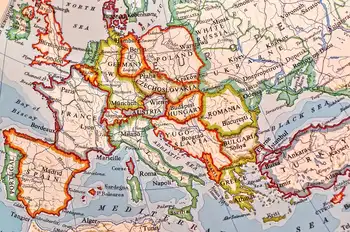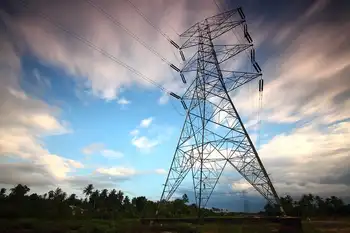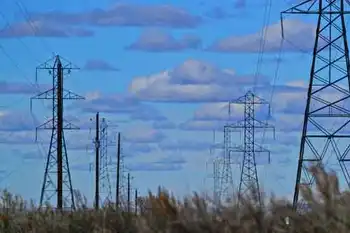Sunshine superman in a solar car
By Toronto Star
NFPA 70b Training - Electrical Maintenance
Our customized live online or in‑person group training can be delivered to your staff at your location.

- Live Online
- 12 hours Instructor-led
- Group Training Available
He was at Sick KidsÂ’ Hospital recently, to put on a slide show about his adventures in his solar car.
Some pretty big adventures.
Over the course of the past year or so, he has driven from here to the west coast, up to the Arctic, over to Alaska, down into California, then across the United States to the east coast, up north again, and home.
Using nothing but the power of the sun.
Unfortunately, he canÂ’t drive the solar car in Ontario we wonÂ’t let him on the road. He has to leave the province to start his trips.
Stupid us.
I remind you that his car looks like Darth VaderÂ’s helmet by way of a pumpkin seed. I also remind you that Marcelo is no engineer. He used to be a flight attendant. He had a lot of help.
His dedication to the car has cost him his job, put a second mortgage on his house, and left him churchmouse poor. The song of solar men?
The sunÂ’s gonna come up tomorrow.
I had not seen him for some time and so, before the sick kids trooped in, I asked him if he’d really smashed the record. He said, modestly, “Smashed the record? Yes and no. I doubled the record, but I haven’t stopped driving.” That record is 35,750 kilometres and counting.
More power — solar, of course — to him.
And then he said, casually, that he wanted to drive the Ice Road. I looked at him askance.
The Ice Road runs 187 kilometres from Inuvik to Tuktoyaktuk, across permafrost and many little lakes, as long as it is cold enough to freeze it is one of the most difficult roads in the world.
There are other problems in the North for anything solar: when it is coldest, it is darkest but when there is plenty of sunlight, the ice deteriorates.
I asked Marcelo if he knew what he was getting into. He said he did, but then he said, sadly, that he hadnÂ’t raised the money needed for the trip, and he didnÂ’t know if he could, and it didnÂ’t seem likely.
The kids at the hospital came trundling in then, and some of them were pulling IV poles, and some of them were in wheelchairs. If they expected to see the car in person, they hid their disappointment. The kids who were unable to make it down saw the slideshow over closedcircuit television.
Afterwards, Marcelo said heÂ’d also like to take the car south to Tierra del Fuego. But he wasnÂ’t sure. He said that, well, you know, at some point a man wants to earn a living and start a family and have a life.
I figured it was over.
A note the other day, from Marcelo in Tuktoyaktuk. Mission accomplished, he wrote. He got a couple of sponsors at the last minute, and a volunteer to handle the support vehicle. He is lucky. He is good.
Okay, look.
I have lived in the Arctic. It gets cold. And I have seen the car. It is spare. He wrote to say heÂ’d ordered a heater before he started the trip. The heater did not arrive. He wore a snowsuit, and kamiks on his feet.
He spun out once, into a snowbank. He had four flat tires. There were ruts in the ice, deep and dangerous he pounded his hightech wheels back in shape with a lowtech hammer. The trip took 10 hours.
This summer, wrote Marcelo, he wants to go to Patagonia. Bet against him?
Not while the sun shines.











